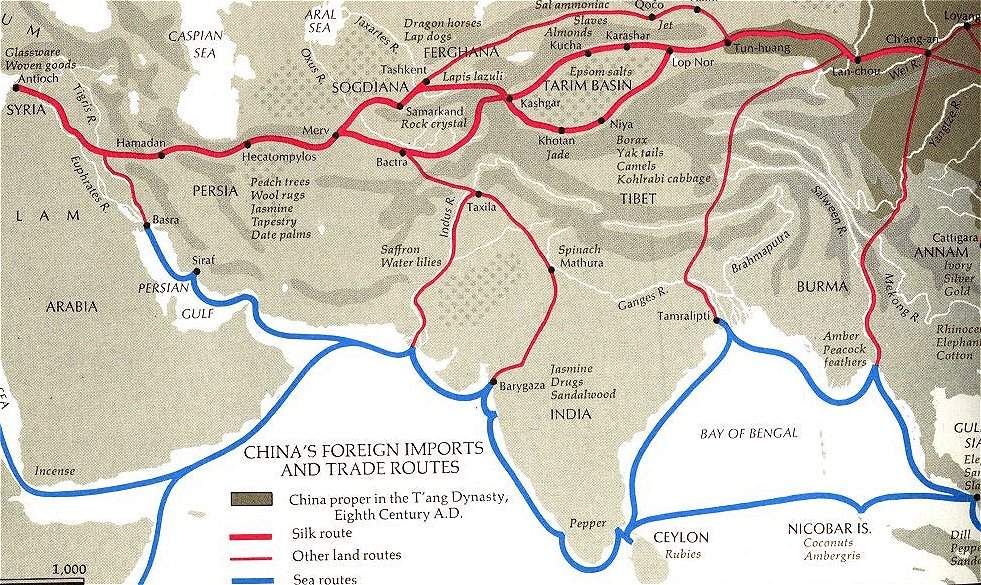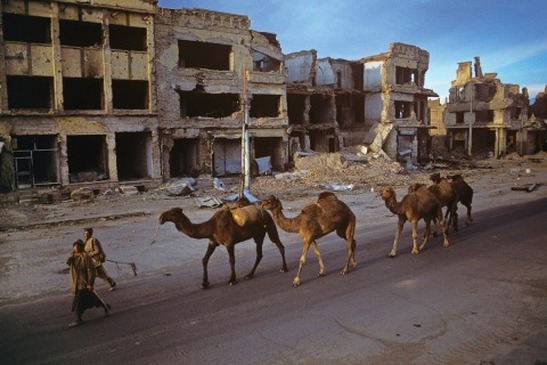The romance of the Silk Road can be traced back to medieval accounts of travelers and explorers like Marco Polo. Marco Polo wrote about the Silk Road en route from Baghdad to China. The Silk Road is described as the world’s earliest highway system that stretched from China to Rome. Only a small number of travelers made the entire journey. The term “Silk Road” was invented by German explorer and geographer Baron Ferdinand Von Richthofen in 1877 (9). In the 1930s, Mildred Cable and Francesca French (both explorers) called the Silk Road, a “great highway of Asia, which connected the Far East with distant European lands” (11). Throughout two millennia, luxuries such as silk and spices were transported along the Silk Road. In fact, the Silk Road is not just one singular road connecting Rome to China in trade. It is a highway system with various routes. The northern and southern routes follow strategically placed oasis settlements near mountain ranges for water and lodging. Hardly anybody traveled in the central routes because of the barrenness of the desert (13-14). The stock quality that most medieval travelers described the desert or the central area route was void of life. It was that emptiness and the problem of water that persuaded travelers to choose other trade routes on the Silk Road (18-19). Bandits were also a problem on the Silk Road (20). From fourteenth to the twentieth century accounts from traders and travelers on the Silk Road, all accounts agree that the highway had extremes of temperature and water along with a lack of animal life (21-22). While on the Silk Road, one would experience the great Taklamakan, Lop and Gobi deserts, mountains, the snowy Tian Shan and Kunjerab pass, and oasis towns along the way (14-16). George Babcock Cressey asserted that “in place of stating its [Silk Road] size in terms of distances, this region [central Asia] should be described as one which is six months from east to west and one month or more from north to south” (14). The Silk Road is a vast network in terms of size as Cressey stated but according to Wood, it was also a great place for the “profusion of peoples, costumes, religions and languages” that mixed together along the stops of bazaars and towns on a trader’s route on the Silk Road (25). The Silk Road was not only a highway for commodities but also culture exchange.


 RSS Feed
RSS Feed